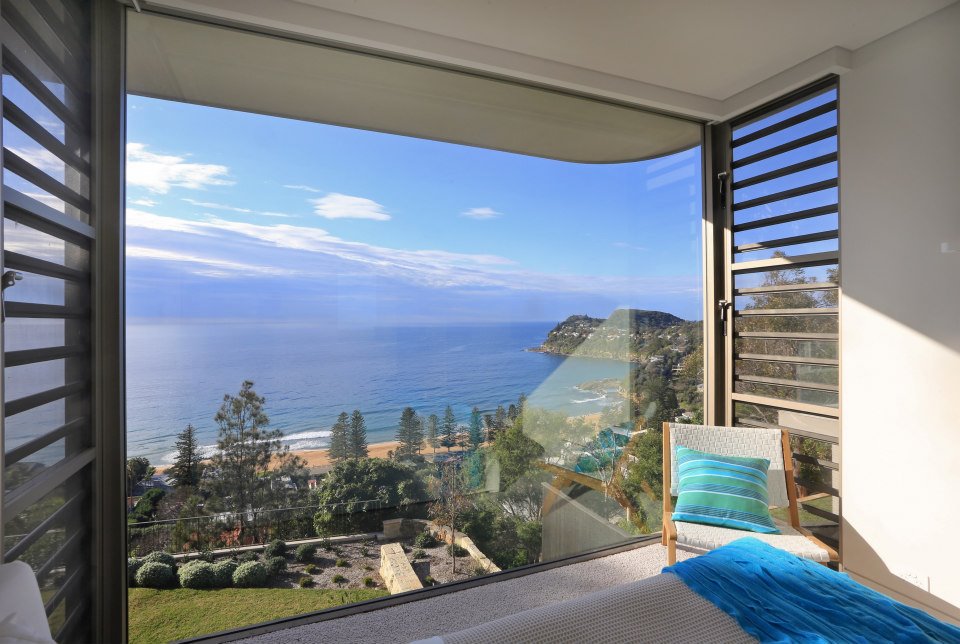Loving Glass Series: Glass selection and climate
There is often a misconception that double glazing is really only effective in colder climates – well we are here to bust this myth! Using the right glass in your windows is important for all climates.
How does climate affect home builds and renovations?
Insulation makes up the entire exterior of a home – walls, floors, ceilings and everything in between.
Whatever is happening outside the home can leak inside. The temperature, air quality and sun orientation all have an impact on the inside of the home. So clever design and selection of building materials can create a far more comfortable space which isn’t relying on artificial heating and cooling.
Climate Focused Design – Passive Design
According to YourHome, “design for climate means a home is designed or modified to: (1) suit the climate it is built in, (2) keep the occupants thermally comfortable and (3) use minimal heating or cooling.
Design for climate requires the use of passive design principles, along with energy efficient heating and cooling systems, and energy efficient behaviour by the occupants.” Source: yourhome.gov.au
This is a whole of home approach, it comes down to the design of the home as well as the materials used within the home.
Whatever stage you’re at (building/renovating or retrofitting) you can make choices to ensure you can keep your home comfortable and energy efficient, no matter your climate.
How does glass fit in to passive and climate focused design?
For warm climates, the Australian Glass and Windows Association (AGWA) states, “any time you are investing energy (and cost) into changing the temperature of the air inside your home (heating or cooling), it’s worth considering steps to avoid it becoming uncomfortable in the first place, and keeping it comfortable for as long as possible. Windows are uniquely powerful in giving us this control.”
For cooler climates, there is no doubt that high performance double glazing is important and a great way for you to control the temperature felt inside the home. Not to mention the benefits of optimising natural light that contributes to the liveability of the home.
AGWA states, “windows will typically represent less than 10 per cent of the surface area of your home, they can quite realistically contribute around 50 per cent of your heat loss in winter.”
Choosing high performing glass assists in hot and cold climates because it is supporting a stable temperature in the home, even when it is really hot or cold outside. A high performance double glazing product, like LightBridge next™, has been developed to support good insulation in a home no matter the climate zone.
Here in Australia, we may not get the sub-zero or desert like temperatures – but we shouldn’t suffer through our extreme weather months with high energy bills or dark rooms with no natural light when we really don’t have to!
Don’t forget to speak to your designer, architect, builder or window installer about your glass and window frames to ensure you are creating a comfortable, naturally lit home.
Scott Clarkson is a Building Performance Expert and runs Clarkson Consulting, he explains more about how double glazing is suitable for both hot and cold climates. Take a look!
